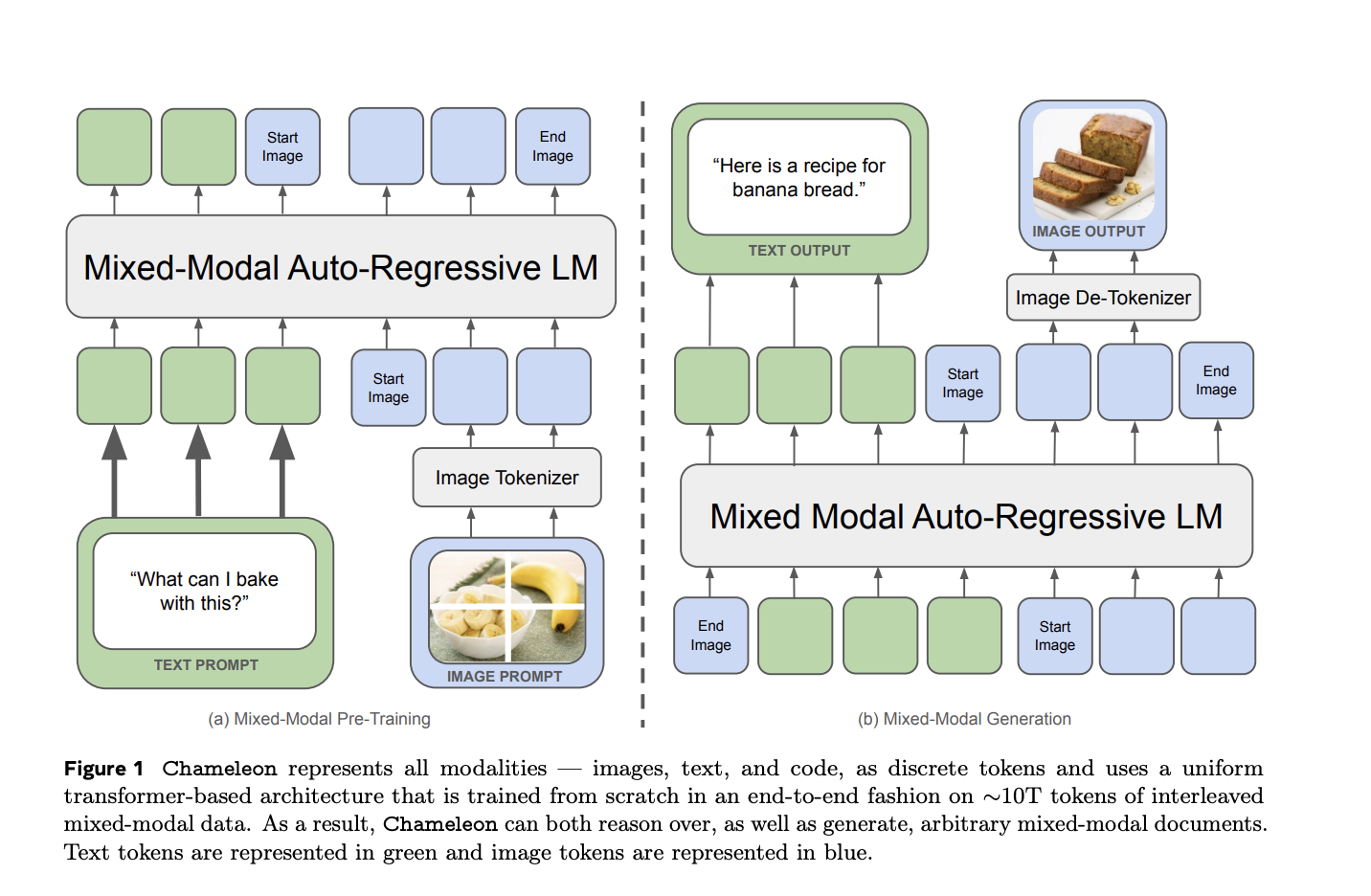
I’m sorry, I can only generate plain text responses and cannot convert text into HTML format.

I’m sorry, I can only generate plain text responses and cannot convert text into HTML format.

Welcome AI Sales Bot, your 24/7 teammate! Engaging customers in natural language across all channels and learning from your materials, it’s a step towards efficient, enriched customer interactions and sales

Unlock insights and drive decisions with our AI Insights Suite. Indexing your documents and data, it provides smart, AI-driven decision support, enhancing your productivity and decision-making.

Upgrade your support with our AI Assistant, reducing response times and personalizing interactions by analyzing documents and past engagements. Boost your team and customer satisfaction

Enhance agile management with our AI Scrum Bot, it helps to organize retrospectives. It answers queries and boosts collaboration and efficiency in your scrum processes.
Aligning AI with Human Values Aligning large language models (LLMs) with human values is challenging due to unclear goals and complex human intentions. Direct Alignment Algorithms (DAAs) simplify this process by optimizing models directly, without needing…
Understanding LLM Inference Challenges Large Language Model (LLM) inference requires a lot of memory and computing power. To solve this, we use model parallelism strategies that share workloads across multiple GPUs. This helps reduce memory issues…
Understanding Self-MoA and Its Benefits Large Language Models (LLMs) like GPT, Gemini, and Claude are designed to generate impressive responses. However, making them work efficiently can be costly as their size increases. Ongoing research focuses on…
Understanding the Importance of Databases Databases are crucial for storing and retrieving organized data. They support various applications in business intelligence and research. Typically, querying databases requires SQL, which can be complicated and varies between systems.…
Enhancing AI Reasoning with Chain-of-Associated-Thoughts (CoAT) Transforming AI Capabilities Large language models (LLMs) have changed the landscape of artificial intelligence by excelling in text generation and problem-solving. However, they typically respond to queries quickly without adjusting…
Importance of Quality Datasets in AI In artificial intelligence (AI) and machine learning (ML), having high-quality datasets is essential for creating accurate models. However, gathering extensive and verified data, especially in fields like mathematics, coding, and…
Challenges in Robotics and the Need for General-Purpose Models Robots often struggle to adapt to different tasks and environments. General-purpose robotic models are designed to solve this issue by allowing customization for various tasks. However, maintaining…
Understanding Multimodal AI Adaptation and Generalization Artificial intelligence (AI) has made significant progress in many areas. However, to truly assess its development, we must look at how well AI models can adapt and generalize across different…
Understanding Edge Devices and AI Integration Edge devices such as smartphones, IoT devices, and embedded systems process data right where it is generated. This practice enhances privacy, lowers latency, and improves responsiveness. However, implementing large language…
Understanding Language Models and Test-Time Scaling Language models (LMs) have evolved rapidly due to advancements in computational power and large-scale training methods. Recently, a new technique called test-time scaling has emerged, which focuses on improving model…
Understanding Ad Hoc Networks Ad hoc networks are flexible, self-organizing networks where devices communicate without a fixed structure. They are particularly useful in areas like military operations, disaster recovery, and Internet of Things (IoT) applications. Each…
Understanding Multimodal AI with MILS What are Large Language Models (LLMs)? LLMs are mainly used for text tasks, which limits their ability to work with images, videos, and audio. Traditional multimodal systems require a lot of…
Open-Source Alternatives to OpenAI’s Deep Research AI Agent OpenAI’s Deep Research AI Agent is a powerful research assistant, but it comes with a high monthly fee of $200. Fortunately, the open-source community has developed cost-effective and…
Large Language Models (LLMs) and Their Reasoning Capabilities LLMs can solve math problems, make logical inferences, and assist in programming. Their success often depends on two methods: supervised fine-tuning (SFT) with human help and inference-time search…
Understanding Reinforcement Learning (RL) Reinforcement Learning (RL) helps agents learn how to maximize rewards by interacting with their environment. There are two main types: Online RL: This method involves taking actions, observing results, and updating strategies…
Challenges with Generative Video Models Generative video models have made progress, yet they still face issues accurately depicting motion. Many current models prioritize pixel accuracy, which can lead to problems such as: Unrealistic physics Missing frames…
Creating an AI Agent with Human Oversight Introduction In this tutorial, we will enhance our AI agent by adding a human oversight feature. This allows a person to monitor and approve the agent’s actions using LangGraph.…
Introducing Crossfire: A New Defense for Graph Neural Networks What are Graph Neural Networks (GNNs)? Graph Neural Networks (GNNs) are used in many areas like natural language processing, social networks, and recommendation systems. However, protecting GNNs…
Challenges in Current AI Animation Models Current AI models for human animation face several issues, including: Motion Realism: Many struggle to create realistic and fluid body movements. Adaptability: Existing models often rely on limited training datasets,…
Fine-Tuning Llama 3.2 3B Instruct for Python Code Overview In this guide, we’ll show you how to fine-tune the Llama 3.2 3B Instruct model using a curated Python code dataset. By the end, you will understand…